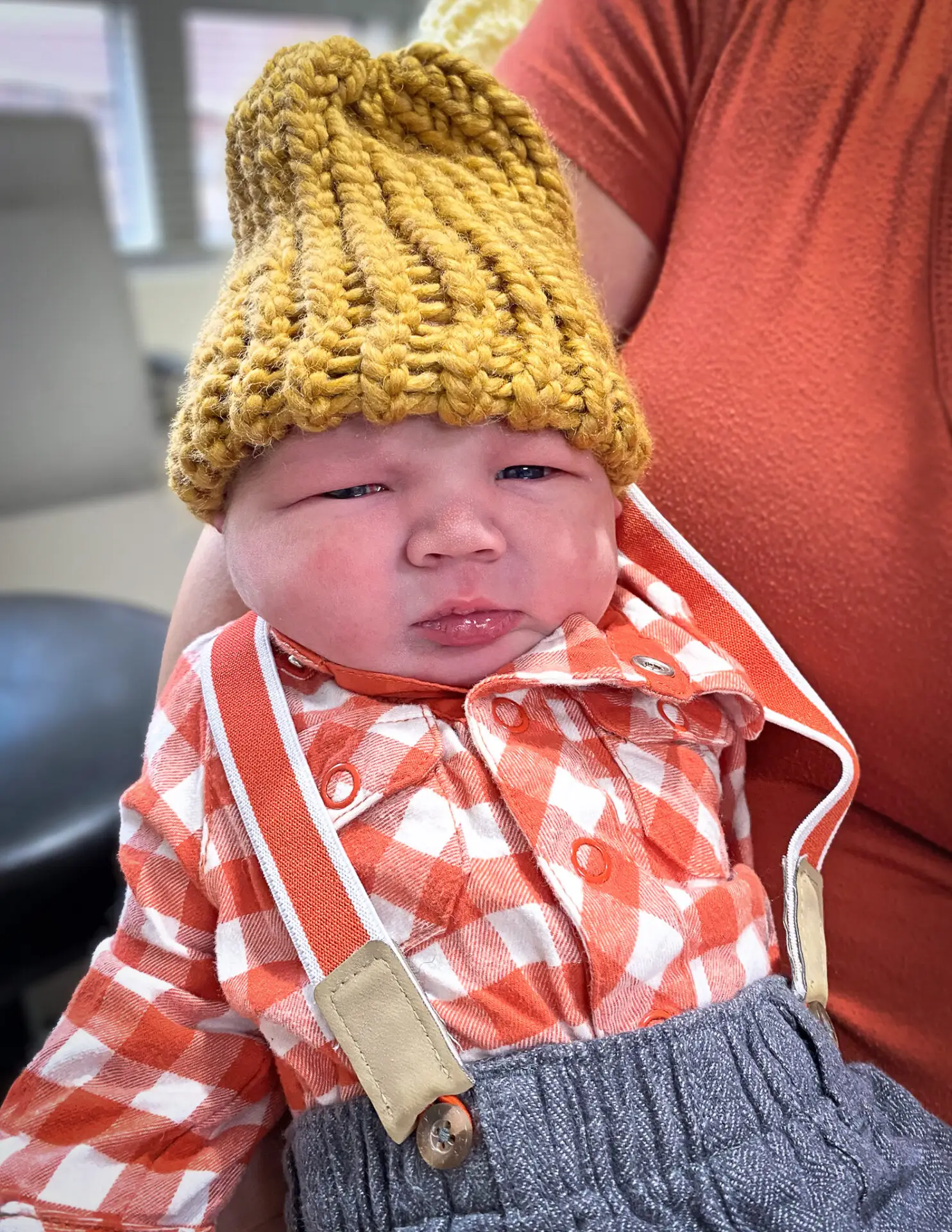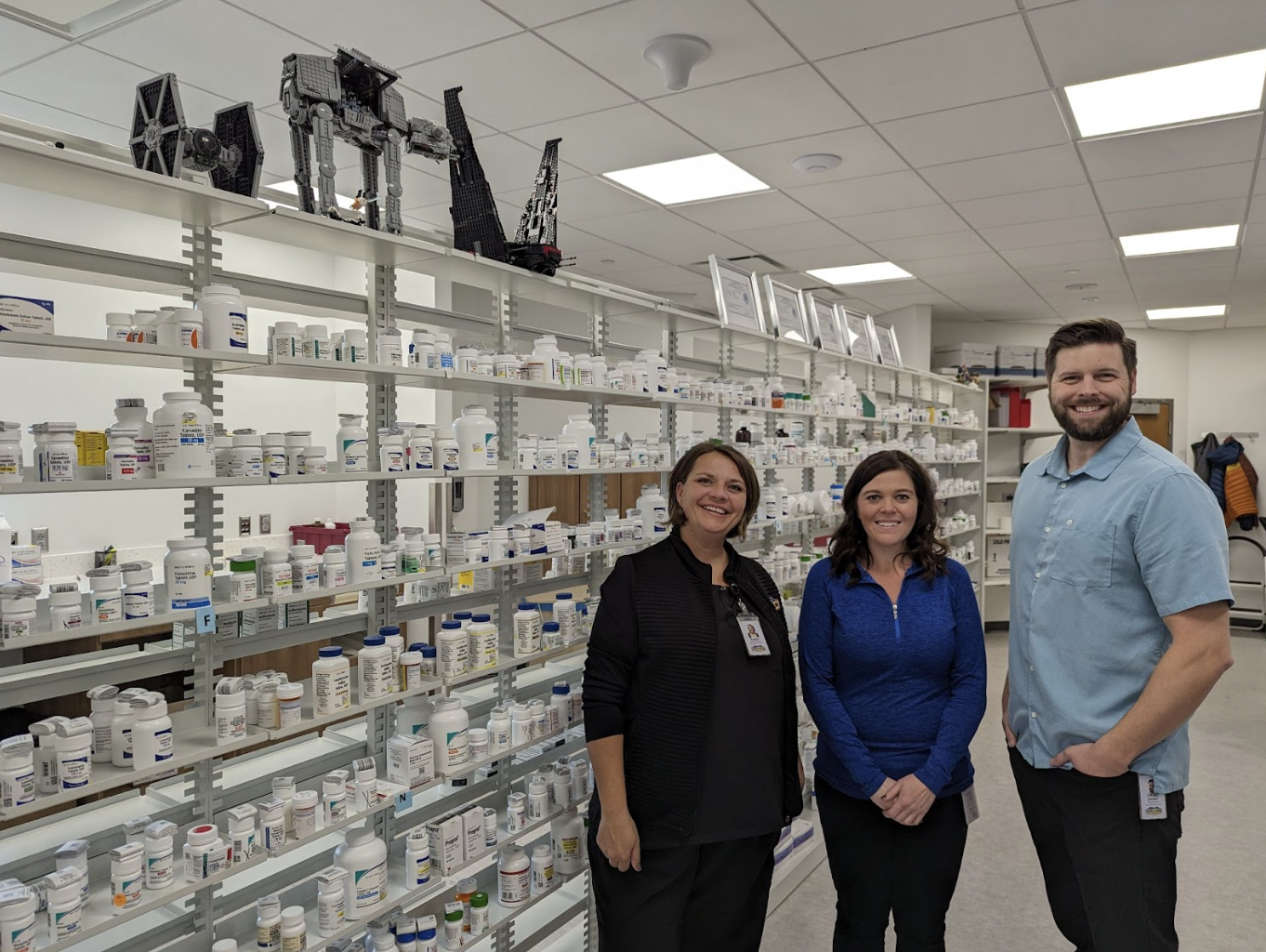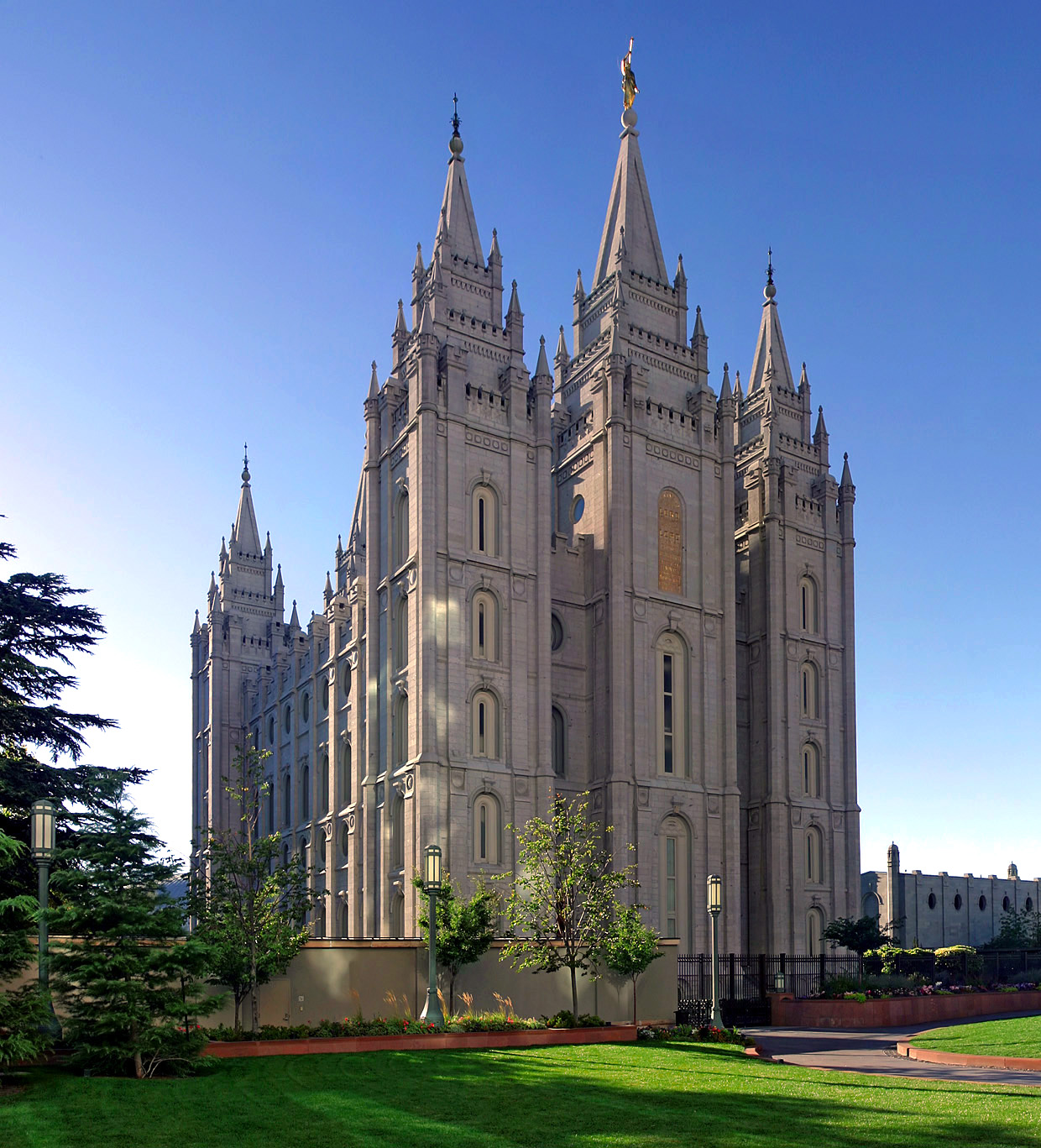Local and state officials are waving a flag of alarm about a recent surge of COVID-19 cases in Utah. On Oct. 13, the Utah Department of Health reported 987 more cases in the state and estimated 22,174 total active cases statewide — doubling Utah’s total cases in the past month.
“We’re having one of the worst outbreaks in the country, and this is unacceptable,” Utah Gov. Gary Herbert said in a virtual press conference on Tuesday. “It’s really time for a new game plan.”
After collaborating with state legislators and state and local health officials, the governor has debuted the COVID-19 Transmission Index, which will replace the previous color-coded restriction levels effective immediately. The Transmission Index changes the way counties’ risk levels are determined, focusing on new indicators – the seven-day average percent of positive tests, the 14-day case rate per 100,000 people and statewide ICU usage – to place counties in either high, moderate or low transmission levels.
“The new COVID-19 Transmission Index zeroes in on adapting behaviors that will get us the most bang for our buck in curbing coronavirus infections,” Governor Herbert tweeted on Tuesday.
The new system specifically seeks to decrease transmission during casual social gatherings, interim Executive Director of the Utah Department of Health Rich Saunders reported, and particularly those with no organizational oversight.
Under this new system, most counties in the state will be under a new mask mandate until at least Oct. 29.
“If you take the politics out and you look at the science, masks just work,” said Saunders. “The virus doesn’t care how much we love to be around each other.”
Emery County is currently listed as low transmission; Grand and Carbon counties are considered at moderate levels of transmission, with transmission rates calculated by the Utah Department of Health at 11% and 17.4% respectively. State numbers currently differ from those provided by the Southeast Utah Health Department, which calculates the rate each Monday. It’s unclear when the state percentages were calculated.
SEUHD Health Director Brady Bradford penned a sobering “Plea for Caution” on Oct. 12, reporting three COVID-19 deaths in the last two weeks and hospital overloading at Castleview Hospital in Price due to the virus.
“My plea to every resident and visitor to our area is to not let down your guard and continue to implement the simple changes that will help keep you and your neighbor healthy,” Bradford wrote.
Also on Tuesday night, Moab Regional Hospital CEO Jen Sadoff posted an update on Moab cases to her Facebook page. She reported that the University of Utah had reached full capacity for COVID-19 patients and that Intermountain Healthcare had reached 92% capacity.
“Every person who has died was the end of a chain of transmission that could have been broken,” Sadoff wrote. “Please, make choices that help to break transmission chains…someone’s life may be saved by YOU breaking that chain!”
Grand County has had 91 total COVID-19 cases, according to the SEUHD, with two cases resulting in hospitalization and one causing a death. There are no current COVID-19 hospitalizations in the county.
Grand County has been placed in the moderate transmission level. The regulations associated with that transmission level will apply alongside Grand County’s current mask mandate, which has been in effect since July and will last until at least the end of the year.
In the moderate transmission level, Grand County residents may still hold social gatherings of 10 or fewer people until Oct. 29, but local and state health experts strongly encourage masks and six feet of distance between individuals. After Oct. 29, groups of up to 25 people are permitted if all attendees are wearing masks. Restaurants must maintain six feet of distance between parties. Bars are encouraged but not required to do the same and are limited to 75% capacity. Six feet of distance will also be required at all large gatherings.
For counties also designated as moderate but without a local mask mandate — Box Elder, Carbon, Davis, Iron, Millard, Morgan, San Juan, Sanpete, Sevier, Summit, Tooele, Uintah, Washington and Weber — masks will be required by a public health directive starting Thursday until Oct. 29.
Regardless of transmission level, masks are required in cities and counties upholding a mask mandate, in K-12 schools and in all state-owned buildings.
“We are hopeful that the renewed focus on mask-wearing and social distancing statewide will lead to fewer cases all throughout Utah, and particularly in Southeast Utah,” the SEUHD said in a statement.
Bradford reported that school-related transmission appears to be minimal and that readily available, inexpensive rapid testing will be increasingly available in Carbon, Emery and Grand Counties.
Looking forward to Halloween, Bradford urged residents to exercise caution:
“Halloween isn’t cancelled,” he wrote, but “If you choose to go out, please exercise caution, remain in family groups, wear a mask, and use gloves.”
Across the state, approximately 65% of all ICU beds in Utah are occupied, with 15.8% of those beds filled by COVID-19 patients as of Oct. 12. Utah has now experienced 87,819 total COVID-19 cases according to the state health department, with 522 total deaths resulting from the disease.
“For most of us, the consequences of COVID infection are minimal,” Bradford wrote, encouraging caution and responsibility in the coming weeks. “But for certain high risk groups, they are devastating and even deadly.”



